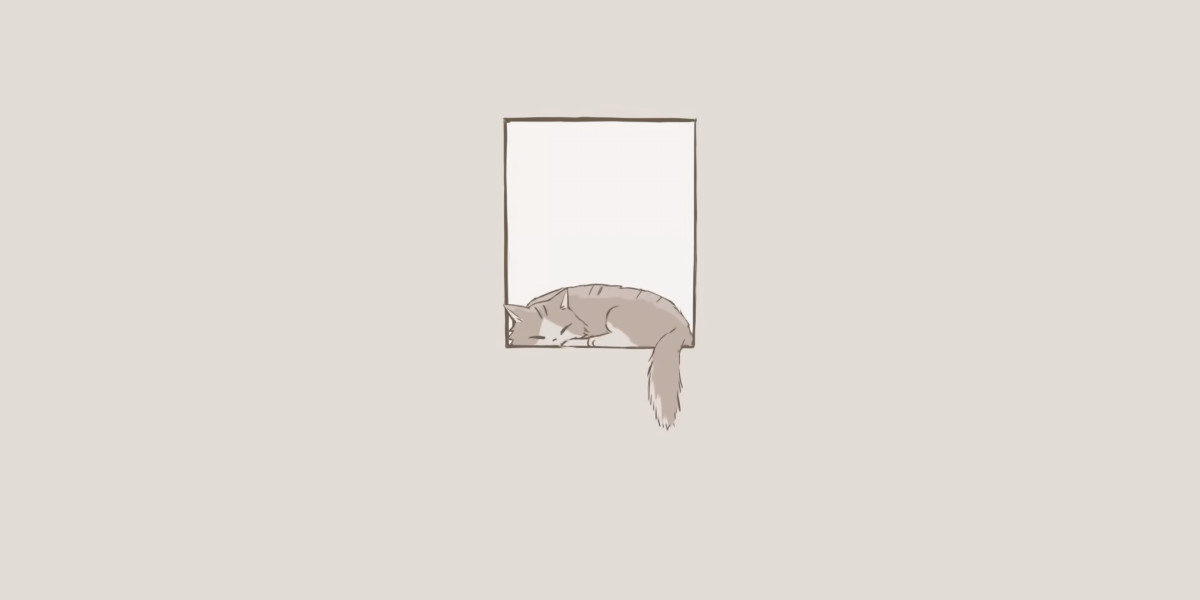3D printing has revolutionized manufacturing and prototyping, but it is not without its challenges. One of the most frustrating issues that users face is print failures. Understanding how to avoid print failures is essential for achieving high-quality results. In this article, we will explore common causes of print failures and provide actionable strategies to prevent them.
Common Causes of Print Failures
Before diving into prevention techniques, it is crucial to identify the common causes of print failures. These issues can stem from various factors, including:
- Improper Bed Adhesion: If the first layer does not adhere properly to the print bed, it can lead to warping and detachment.
- Incorrect Temperature Settings: Using the wrong nozzle or bed temperature can result in poor extrusion or layer separation.
- Filament Quality: Low-quality filament can lead to inconsistent extrusion and increased chances of clogs.
- Mechanical Issues: Problems with the printer's hardware, such as loose belts or misaligned axes, can cause print failures.
How to Avoid Print Failures: Best Practices
To effectively mitigate the risk of print failures, consider implementing the following best practices:
- Ensure Proper Bed Leveling: Regularly check and calibrate your print bed to ensure optimal adhesion.
- Adjust Temperature Settings: Experiment with different temperature settings for both the nozzle and the bed to find the ideal combination for your filament.
- Invest in Quality Filament: Choose reputable brands for your filament to ensure consistent quality and performance.
- Regular Maintenance: Perform routine checks on your printer’s mechanical components to ensure everything is functioning correctly.
Monitoring and Adjusting Settings
Another critical aspect of how to avoid print failures is monitoring your print settings. Utilizing software tools that allow you to visualize and adjust settings in real-time can significantly enhance your printing experience. Are you using the right slicing software? The choice of software can affect how your model is prepared for printing. Ensure that you are using a reliable slicer that suits your printer and material.
Learning from Failures
Even with the best precautions, print failures can still occur. When they do, take the opportunity to analyze what went wrong. Documenting your failures and their causes can provide valuable insights for future prints. This practice not only helps in understanding how to avoid print failures but also enhances your overall 3D printing skills.
For a more detailed guide on preventing 3D printing failures, visit this comprehensive resource.
In conclusion, while print failures can be frustrating, understanding their common causes and implementing effective prevention strategies can significantly improve your 3D printing experience. By focusing on proper settings, quality materials, and regular maintenance, you can enhance your success rate and enjoy the creative possibilities that 3D printing offers.








